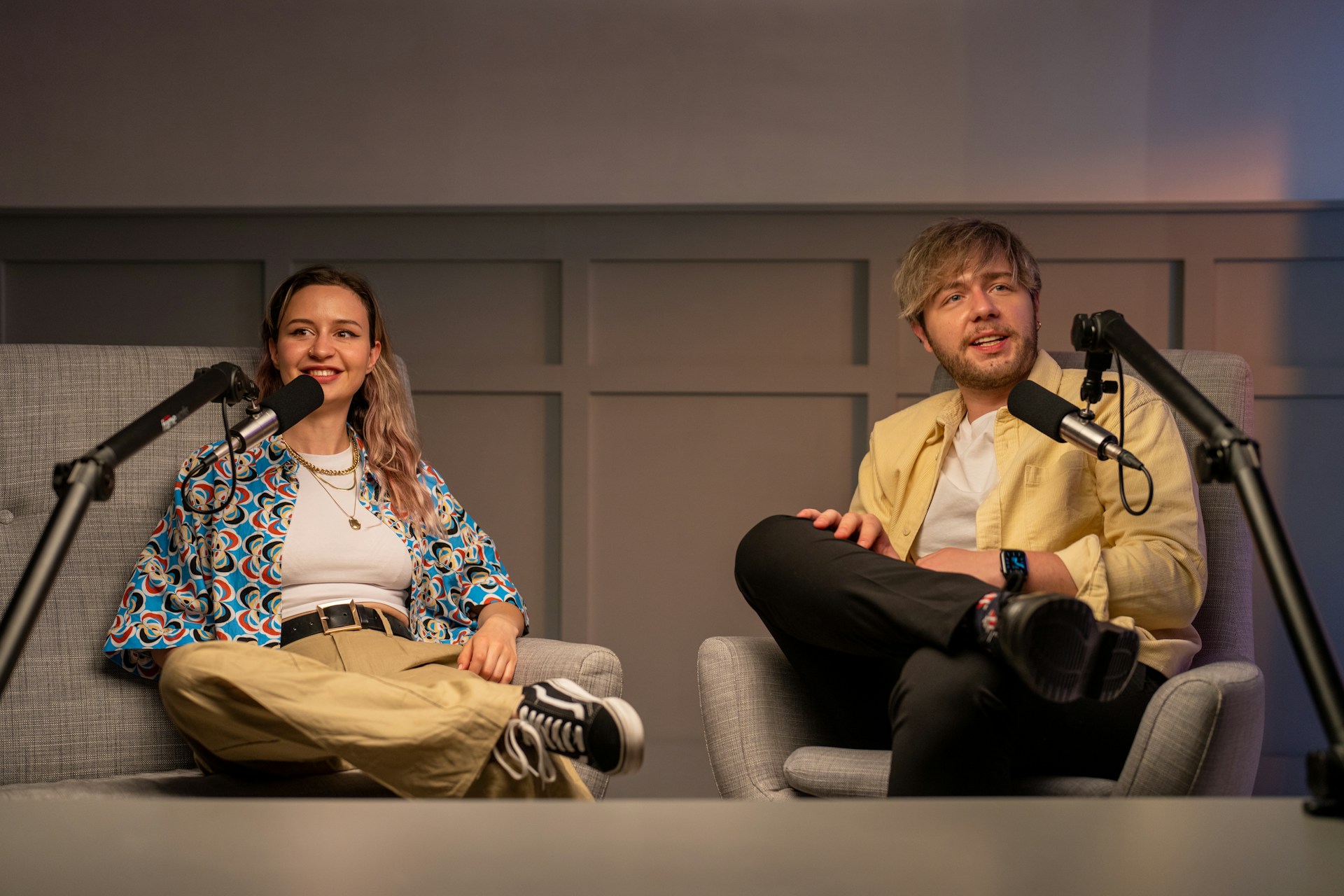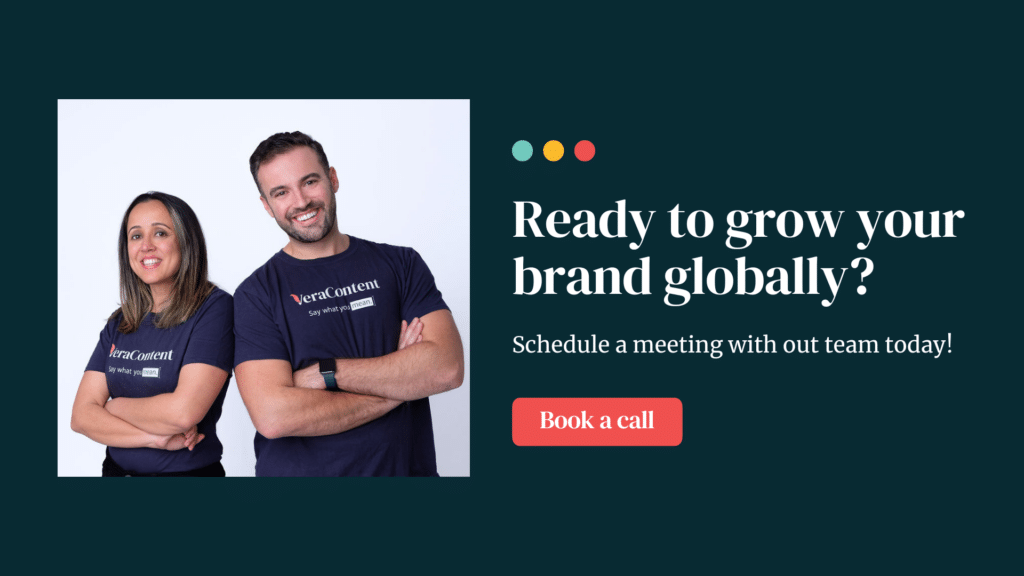We’re seeing more and more brands sharing user-generated content (UGC) on social media right now, which isn’t surprising. UGC is not only cost effective but also highly engaging for users.
However, a big question keeps arising: How should brands handle UGC usage rights? In particular, how long is it reasonable to use a content creator’s likeness?
Here’s an introduction to UGC rights for brands, including the average length of image usage rights and other points to include in your contracts.
Here’s our recap:
What are UGC usage rights?
UGC usage rights refer to the permissions a brand must obtain from the original creator before using their content for its own marketing purposes. This includes everything from reposting on social media to featuring their content in ads or on a website.
Image usage rights apply to not only the content but also the creators’ likeness. Anyone posting content online has the right to their physical image and how it’s captured, shared and used.
As Mark Levy puts it:
“One of the most important publicity rights we have is the right to our likeness, commonly understood to be the manifestation of our physical appearance such as a photo, video, sculpture, portrait, etc.”
For example, when a celebrity endorses a brand, the brand pays for them, as a person, to be associated with the brand. Similarly, for UGC, a brand needs permission to use the creator’s content and likeness.
Why do UGC rights matter?
At the heart of it, UGC rights are about respect and legality. Creators put their time, creativity and effort into their content. Using their work without permission can lead to legal headaches and damage your brand’s reputation.
Being careful and considerate around your UGC usage helps to build a positive, respectful relationship with content creators. Treating them right is essential for building a loyal and engaged community—and securing future collaborations with them and other creators.
Your brand reputation is also at stake. Remember, news spreads quicker than ever on social media. And your target customers are also the ones who hear about any accusations against your brand’s business practices. You don’t want this to be negative news.
Lastly, illegal use of UGC can result in infringement penalties. If you use content without permission, you’re violating the creator’s ownership. Penalties for copyright infringement can range from $750 to $150,000 for each infringed work.
Beyond that, brands could be sued for copyright violation, right of publicity, misappropriation of likeness and defamation.
See also: 6 global marketing strategies to inspire you
Why should brands pay for UGC usage rights?

With UGC-style content gaining momentum, more and more brands are actively paying creators for their content. These payment agreements differ from influencer partnerships, where brands pay for the content and access to the influencer’s audience.
In the case of UGC-style content, brands pay creators to produce content solely for the brand’s use. What we’re talking about here is basically the typical TikTok or Instagram Reel shot on a phone camera and featuring someone talking directly to the camera—but that’s been published on a brand channel.
Sometimes those videos might be produced by internal employees, but often they’re outsourced to freelance content creators.
There are many benefits of user-generated-style content. As Paula Uccelli, Project Manager at VeraContent, puts it:
“Paid UGC -style content focuses on highly humanized content. This approach involves reaching out to content creators for their unique voice and style, not necessarily their reach. It prioritizes authenticity and relatability, making it effective on platforms like TikTok, where human connection is key.”
For how long should UGC usage rights be granted?
Of course, it’s always in the brand’s best interest to obtain the most flexible usage rights that a content creator will agree to. As this is a relatively new phenomenon, there isn’t really a standard yet for what is typically agreed upon.
The most flexible would be an agreement for rights in perpetuity that grants you access to the UGC forever and the right to use it as you please on any channel. This means you can use the content on social media, run it as an ad, put it on your website or use it in a print ad—forever.
In most cases, the duration of usage rights depends on what you plan to do with the content. For example, will it be used for organic use or a paid ads campaign? Creators generally wouldn’t limit organic use. As in practicality, who will go through old Instagram posts and take them down after usage rights end?
Generally, you’ll post the content on your profile, and it stays there forever—unless you choose to remove it later. But organic means you can’t do anything else with that content, such as using it in paid ads.
“We usually get organic rights to post content on our clients; platforms. So we ‘buy’ the video, and we can have it accessible via the brand social media accounts with no time limit.”
– Paula Uccelli, Project Manager at VeraContent
The expectation for paid ads, however, is different. Usually, you agree to a specific time limit for running a particular social media ad featuring a content creator’s likeness. Once that time period ends, you’d need to renew your agreement with the content creator if you want to run the ad again.
So, how long is reasonable for paid content?
Well, it’s a hotly debated topic, with differing opinions from brands and creators themselves.
At VeraContent, we ask for a year’s duration to avoid having to regularly renew terms. In practice, though, we rarely run an ad for longer than three months. So, if a content creator requests, we will reduce the length of usage rights in a contract.
Well, the default can’t be that you own their likeness in perpetuity.
General pricing should probably include ~6 months usage, with longer terms being an upsell.
— Tyler (@Tylerz_55) June 25, 2023
Mike Payne shared another response to Jimmy Farley’s post on X:
“There should be a timeframe, like 6-12 months included in whatever they’re charging to produce the content. But if the brand wants to use it beyond that timeframe or use it for paid in addition to organic, there should absolutely be a higher fee.”
Here’s how content creator Denise handles it:

Many professional UGC creators build usage rights into their rates, often charging a higher premium for unlimited use.
“This is useful for the creator, who can ensure their content will be used for a limited amount of time and also for the brand. Paid ad campaigns need new content every two months, so it’s unlikely it’ll be used for longer than that.”
– Paula Uccelli, Project Manager at VeraContent
Tip: Ensure you get the rights for at least a month longer than you intend to use the content. This gives you extra time to get the content approved on the platform—which can take a few days—and gather some data to ensure the campaign is optimized.
What else should be included in UGC usage rights contracts?

When drafting UGC usage rights contracts, covering all bases is crucial to ensure clear expectations and mutual benefits.
Here’s what we need to include beyond just the timeframe for usage rights:
Choosing the right platforms
When getting permission to use UGC, you should explicitly state the platforms you plan to use it on. For example, will the posts be shared only on Facebook or across all your social media platforms?
Beyond social media, you may want to use it in your traditional media or email marketing. In that case, let the creator know.
See also: TikTok marketing strategy: Should you go global or local?
Organic vs. paid use
Deciding between organic and paid avenues for your UGC is pivotal. Organic use relies on the natural reach of content within platforms, often at a lower cost.
In contrast, using UGC in paid ad campaigns may involve a higher investment but can significantly amplify reach.
As mentioned above, using content in organic vs. paid ad campaigns also influences the duration of your image usage rights. Remember, if you only acquire organic use, you can’t use the creator’s likeness in any paid ads. To do so, you’ll need to revisit the agreement with them.
Exclusivity vs. non-exclusivity
Exclusive rights mean your brand is the sole entity using the content, offering a unique advantage in your marketing efforts.
Non-exclusive rights, while more flexible, mean the content could also be used by others, necessitating a strategic decision based on your campaign goals and content uniqueness.
See also: How to scale content creation without hiring
It’s all about communication
Getting your UGC strategy right is all about clear communication with creators. It’s really important to always get permission in writing before using someone’s content. This means having a clear contract that spells out everything you’ve agreed on. It keeps things smooth between you and the content creators, ensuring everyone’s on the same page and happy.
If all of this sounds a bit tricky, especially when you’re trying to make an impact globally, don’t worry! That’s exactly what we’re here for. At VeraContent, we’re experts at weaving UGC into your global social media strategy, making your brand shine no matter where in the world you’re reaching out.
Book a call with our team to find out if you qualify for a Free Content Consultation.


